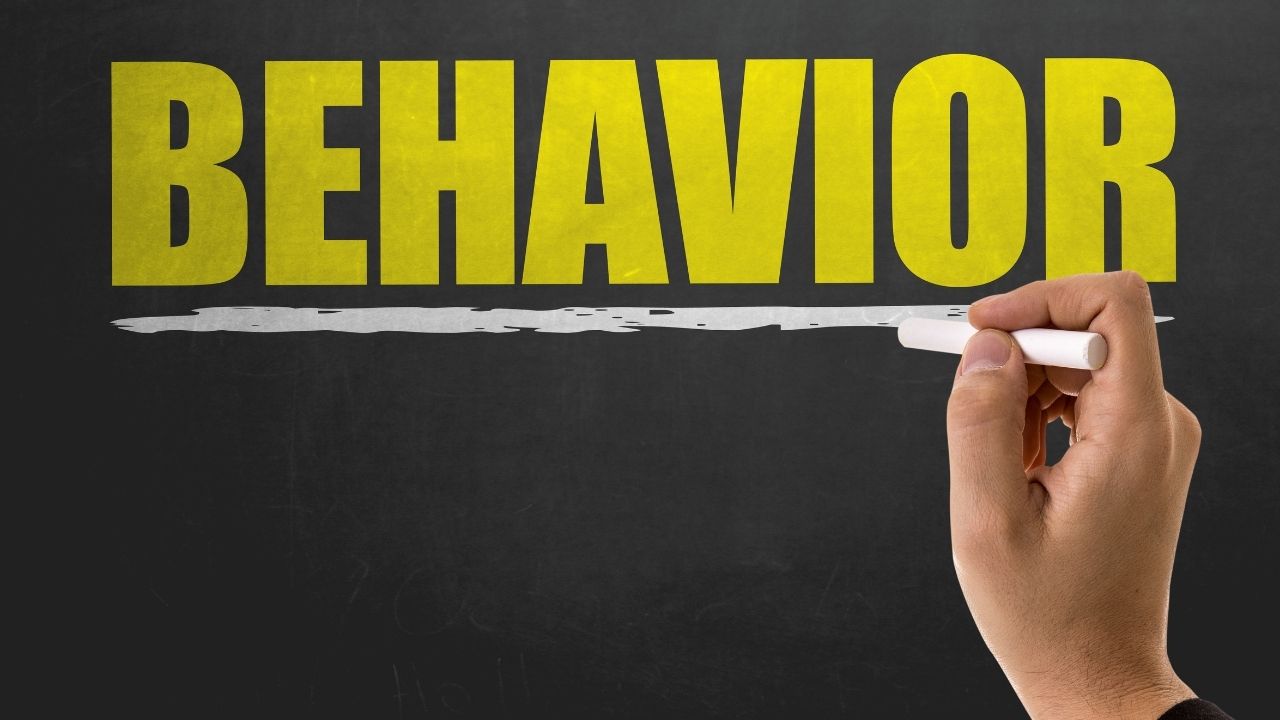Change one behavior is an extremely difficult task. Only those who have tried to eat better, exercise more, stop drinking or tried to change any other type of habit know that the tendency is always to sabotage our efforts and leave our plans for later.
The most traditional way to make someone change a behavior is to show the pros and cons of that act. But this method is not as efficient because most of the behaviors that we have are instinctive. Our thoughts are not as rational as we think they are.
Two types of thinking
Our brain tends to form thoughts: the system 1 and system 2 (or automatic and reflective system).
The first system is automatic, fast, instinctive and unconscious. It is where we process everyday things like driving a car on an empty road, feeling fear in turbulence or smiling when we see a puppy. The second system is slower, logical, and conscious and we use it when we need to do math, make more complex decisions or pay attention to important things.
We tend to use System 1 much more and are often driven by instinctive decisions and behaviors. Knowing this trend, we can use Behavioral Design to create simple, cheap and scalable nudges that are, by far, more effective and will direct our user or consumer to act in the direction we plan.
They are small and generally inexpensive interventions that predictably change people’s behavior, without prohibiting any options or significantly altering their economic incentives e.g. placing a fly sticker inside a urinal significantly helps the sight of men and consequently decreases the level of dirt in the environment.
Behavioral Design
In general, Behavioral Design (BD) is a systematic approach to apply behavioral insights to solve design challenges that focus on human behavior1.
These behavioral insights can come from areas such as behavioral sciences, behavioral economics, neuroscience and psychology. Each area dedicated to understanding human behavior is valuable for behavioral designers to be able to create ways to influence behavioral changes in people.
How to influence behavior
There are different techniques that benefit from different cognitive biases of the human being to influence behavioral changes. We will see many of them in the next articles, but one of the techniques that we will see shortly is known as Anchoring.
Anchoring bias refers to the trend to depend on a single feature of an event to notify decision making. This means that our behavior is anchored in what we have as a reference.
A good example of this can be seen where Steve Jobs anchored the iPad price at its launch.
Notice the public reaction as Steve Jobs revealed that the iPad price will not be $999 but will start at $499. This small change was able to mess with the audience’s system 1 (instinctive).
Within the Digital Design scenario, we can also see anchoring being widely used. A simple example that you probably have seen are pricing plans for a service or product. Call our behavioral product design professionals at Pixetic to win the market and the customers all over the world.

